From Ritual to Remedy: The Story of Hair Oils Through Time
| Authored by: Tayyaba |
| Reviewed by: Kapil Dhameja |
| Estimated Reading Time: 6 minutes |
Hair, regardless of being a man or a woman, is an important part of one’s personality that contributes to looks, confidence, and positive self-image. Since the past, people have always been using some techniques and haircare practices. Among that list, the name of hair oiling comes in the topmost haircare traditions.
My brother used to dislike the “champi,” or “head massage,” we had in our childhood. When we were young, our mum used to massage our hair with some hair oil, and more often, she used coconut oil, putting her care and affection into our heads. Little did he know how her efforts bore fruit as he ran playfully with other kids whilst his shiny and soft hair added to his cuteness.
Stories apart, let’s come to the topic of the day. We are living in the era of science and technology, where we are demanded to prove everything, even the loving ritual of hair oiling. And sometimes, it is necessary to learn whether something works authentically for us or not. So, here we are, to question: where did the hair oiling begin? What are its historical and cultural roots? What is the science behind it?
Today’s blog digs into the history of hair oiling, its cultural significance, and its scientific evidence to give solace to hearts that doubt its magic and healing. Have a cup of coffee, and let’s get started.
|
Table of Contents: |
History: Where did the hair oiling begin?

The origin of hair oiling is not confined to one place, but it emerged independently in different regions and cultures across the world, with the Indian Subcontinent having the oldest, most continuous, and most well-documented evidence. It has the most detailed textual and philosophical framework via Ayurveda. Similarly, Ancient Egyptians, Mesoamericans, Mesopotamians, Greeks, and Romans were also found to have used oils for haircare and rituals as old as Ancient Indians, but they are backed by archaeological and economic evidence.
India: The Cradle of Hair Oiling
The practice of hair oiling in India is thousands of years old, with evidence in ancient texts like Charaka Samhita and Sushruta Samhita dating back to the Vedic period. These texts (that are from about the 3rd century BCE to the 2nd century CE) are the foundational texts of Ayurveda.
They provide details about the practice of oleation, which includes applying oil to the head (Shiro Abhyanga). They also prescribe specific hair oils like sesame, coconut, brahmi, amla, and neem oil for different hair and health concerns.
In Ayurveda, the type and application of hair oil being used by an individual depends on its concept of doshas, or fundamental energies, that one is made up of.
Ancient Egypt
Ancient Egyptians are famous for their beauty rituals, and hair oiling is one of their traditions to combat the harsh, dry climate of Egypt. According to Wikipedia, “Ancient Egyptians paid special attention to hair, and images of hairdressers are depicted in ancient relics found by archaeologists. Archaic texts found during this era had information about “recipes” used by the Egyptians to tackle baldness. During this time period, people used combs and ointments to groom and style their hair. It is also a popular ancient Indian technique; it was often used as a predecessor of the modern shampoo.”
Artifacts like alabaster and pottery jars have been found in tombs like Tutankhamun's filled with residual oils and unguents. Castor, almond, moringa, and sesame oil were their common oils. (often imported from trade)
Central America (Mesoamerica)
The ancient civilizations of Central America also had a rich history of hair oils deeply intertwined in rituals, status, and practical needs. People of Maya and Aztec didn't practice daily hair oiling for hair health like Ayurveda, but they used it for ceremonial purposes and hair styling. The common oils they used included plant-based oils and animal fats. For example, cacao butter, Axin pomade, etc.
“The Florentine Codex”, a 16th-century ethnographic research study in Mesoamerica by Bernardino de Sahagún, describes Aztec practices. It mentioned that men and women were involved in using fragrant oils and unguents. It specifically addressed the use of scented black earth or axin (a yellow, waxy substance secreted by insects) mixed with fragrant plants and oils to style and perfume their hair. Moreover, residue analysis has found traces of fragrant resins, oils, and pigments as further evidence.
Ancient Mesopotamia
Mesopotamians used fragranced oils for hair, skin, and rituals. The evidence for hair oiling comes from the economic and medical tablets. The former records the trade of sesame and olive oil for culinary, cosmetic, and religious use, while the latter describes recipes for salves and oils used for scalp treatment and hair conditioning. Moreover, reliefs from Assyrian and Babylonian palaces show figures with highly groomed, lustrous, and often heavily curled beards and hair that was almost certainly achieved with the help of hair oils and waxes.
Ancient Greece and Rome
The Greco-Roman world copied the practice of the Egyptians and eastern cultures they encountered. Roman bath culture is quite famous, where they used hair oils as their ritual practice.
An article says, “In ancient Roman baths, the use of oil played a crucial role in the bathing ritual, transforming the experience from a simple act of cleansing into one of indulgence and relaxation. The Romans believed that applying oil to the skin not only nourished and moisturized it but also symbolized an essential part of their daily grooming routine and social status. …they would apply fragrant oils to their bodies, ranging from simple olive oil to more luxurious blends infused with various herbs and essences.” On the other hand, Greek physicians like Dioscorides (1st century CE), in his work “De Materia Medica”, detailed the use of olive oil and other plant-based oils for hair care. The practice of hair oiling became widespread by trade and cultural exchange and is now a global tradition followed by modern industries. Following is the table showing details of the origin of hair oiling and its evidence:
|
Region/Culture |
Approximate Origin |
Key Evidence |
|
Indian Subcontinent |
Vedic Period (1500–500 BCE) |
Ayurvedic Texts (Charaka Samhita), Epics (Mahabharata), Sculpture |
|
Ancient Egypt |
Old Kingdom (c. 2686–2181 BCE) |
Tomb Paintings, Artifacts (oil jars), Mummy analysis |
|
Mesoamerica |
Classic Maya Period (c.250-900 CE) |
Ethnohistorical Accounts (e.g., Florentine Codex), Residue Analysis of Jars |
|
Ancient Greece and Rome |
Classical Period (5th cen. BCE) |
Writings (Homer, Dioscorides, Pliny), Bath Artifacts (strigils) |
|
Mesopotamia |
~3000 BCE |
Cuneiform Tablets (economic/medical), Palace Reliefs |
What is the Cultural Significance of Hair Oiling?

Hair oils weren’t just treated as cosmetic things, but they were deeply connected to healing, tradition, and culture. Across different civilizations, they were used with different meanings and purposes; let’s find out how they were part of different cultures.
India’s Ayurveda
An Ayurvedic Practitioner, Geeta Vara remarks, “Hair oiling is a self-care ritual that encourages mindfulness and self-nurturing. It benefits not just your hair but also your mental and emotional well-being.”
Moreover, in Indian culture, hair oiling is associated with self-care and affection of mothers and grandmothers. Traditional households see it as a beneficial ritual and practice hair oiling regularly, often daily or a few times a week. Another example of representing hair oil as a symbol of strength is that Ashwagandha-infused oils are used to fortify hair strength while promoting mental peace.
Healing in Central America
In indigenous tribes of America, oils blended with medicinal herbs were believed to heal not just physical ailments but also emotional distress.
The oils of Central America weren’t mere beauty aids—they were conduits of spiritual alignment, nourishing the body while also attuning it with nature’s rhythm. Mayans and Aztecs used oils from plants like avocado, chia seeds, and maracuja for purposes like pre-bathing rituals, postpartum care, and spiritual cleansing.
Egyptian Elegance and Ritualism
An article from The Collector mentions, “To keep themselves smelling clean, the ancient Egyptians used numerous perfumes derived from fragrant plants, flowers, and seeds. Their essences were extracted by squeezing, after which they were added to oil to create liquid perfumes.” As we already discussed earlier also, Egyptians were very conscious about their grooming and hair care.
Their texts, like the “Ebers Papyrus” (circa 1550 BCE), describe oils made with fragrant substances such as myrrh and frankincense. These oils were believed to offer protective, spiritual, and healing benefits. What's more to ponder is that their hair was the symbol of wealth, status, beauty, and, in some references, motherhood and fertility. The royal courts had ritual grooming practices when Egyptians would anoint their bodies and hair with oils. Cleopatra, the famous queen of Egypt, used expensive oils and fragrances symbolizing her power and beauty.
What is the Science Behind Hair Oiling?
While tradition echoes out loud how deeply hair oiling is attached to different human cultures as their beneficial haircare practice, modern science is also confirming its benefits. Let's quickly go through the scientific point of view regarding hair oiling.
Do you know what is inside oils?

Oils are amazing. They are made up of antioxidants, fatty acids, vitamins, and minerals that help combat oxidative stress and environmental harm. Some of the oils with their composition are
-
Coconut Oil: It is rich in lauric acid, having a low molecular weight that helps it penetrate deep into the hair shaft, providing intense moisturization and making the scalp healthy. (proven by research)
-
Argan Oil: A research paper reveals the emollient properties of argan oil and its ability to increase hair elasticity. It is rich in fatty acids and vitamin E that moisturize hair, repair damage, and protect it from environmental stress.
-
Castor Oil: Though the research is still evolving regarding its growth-enhancing properties, castor oil, being rich in ricinoleic acid, does have emollient properties that can help improve the hair texture and protect against breakage.
It is important to note that hair oils need to be selected on the basis of hair type and concern of the user. Refer here for more information.
What are the benefits of hair oiling?
Some of the benefits of hair oiling proven by research are
-
Moisturization
-
Scalp health
-
Reduction of stress levels
-
Protection from damage
Let's talk about them one by one.
-
As we studied above, coconut oil can penetrate the hair shaft deeply, providing nourishment to hair. There are other moisturizing oils as well. Jojoba oil, argan oil, and avocado oil are some great options.
-
A scientific study confirms the benefit of scalp massage that was observed in men who practiced it for a few weeks, resulting in increased hair thickness. Hair oils enhance the power of scalp massage by their penetration and beneficial elements.
-
Some oils, like lavender and chamomile have been proven to help reduce stress levels and improve sleep quality, which in turn benefits hair health. When there is a high amount of stress, which is very common nowadays, it leads to hair shedding and graying. Doing scalp massages with calming oils is a great holistic method for wellness.
-
Research shows that oils are hydrophobic in nature, which makes them reduce water absorption and swelling in hair fibers. This helps in protection against damage from frequent washing and environmental damage.
To find out the research studies mentioned in this blog, please check the “References” section.
End Note
Hair oiling is a culture, a tradition, and a haircare practice successfully spread all over the globe, deeply admired and practiced by people of different regions, whether it’s the Indian subcontinent, Central America or Egypt. Not only does its authenticity root from the history of human beings, but modern science is also validating its advantages. The ancient text of Ayurveda whispers in our ear, "Indeed, for one who applies oil to the head (Shiro Abhyanga), the head does not suffer from dryness; the lubricated head does not get afflicted by diseases; his sense organs become strong; and his hair, beard, and body hair do not turn grey or fall prematurely. There is no itching on the scalp, and Vata (a type of dosha, or fundamental energy) does not get vitiated. It bestows good sleep, strength, and comfort, and strengthens the eyesight. The face becomes bright and luminous. These are the benefits of applying oil to the head." (Charaka Samhita) While research announces loudly, “Application of oils significantly reduces hair breakage by decreasing friction and minimizing protein loss.” and "The primary benefit of oils and oil‐containing hair care preparations is their ability to lubricate the hair surface and thereby reduce combing forces. This is of great importance because combing of hair, particularly when wet, is responsible for a large amount of cuticular damage and subsequent fiber fracture. Oils can also provide a protective coating, which reduces the loss of endogenous protein from the hair and minimizes the swelling of the fiber from liquid water." Cultures have shown their love for hair oiling time and time again with their ritualism and grooming practices. Now, it's your turn to let hair oils help your hair become healthy, silky, and shiny. Are you looking for perfect hair oils? Check out our natural and ayurvedic blends infused with powerful ingredients that suit your modern needs on our website.
Recommended Products:
Related Articles:
The Ingredient Decoder: How to Finally Choose a Hair Oil That Actually Works
Is Hibiscus Just a Vibrant Flower? Discover Its Beauty and Ayurvedic View
Unlocking the Power Of Palm Fruit for Hair
How to Reverse Grey Hair Naturally: Tips & Remedies to Restore Your Natural Color
How Rosemary Hair Oil Promotes Hair Growth ?
Batana Oil for hair - A magical Liquid to revive your tresses
References
https://zoejwalker.com/the-indulgent-and-oily-world-of-roman-bathing/
https://www.thecollector.com/ancient-egypt-beauty-secrets/
https://www.geetavara.co.uk/blog-2/ayurvedic-haircare
https://pmc.ncbi.nlm.nih.gov/articles/PMC4740347/
https://pmc.ncbi.nlm.nih.gov/articles/PMC9231528/
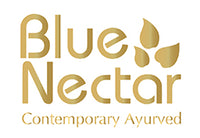


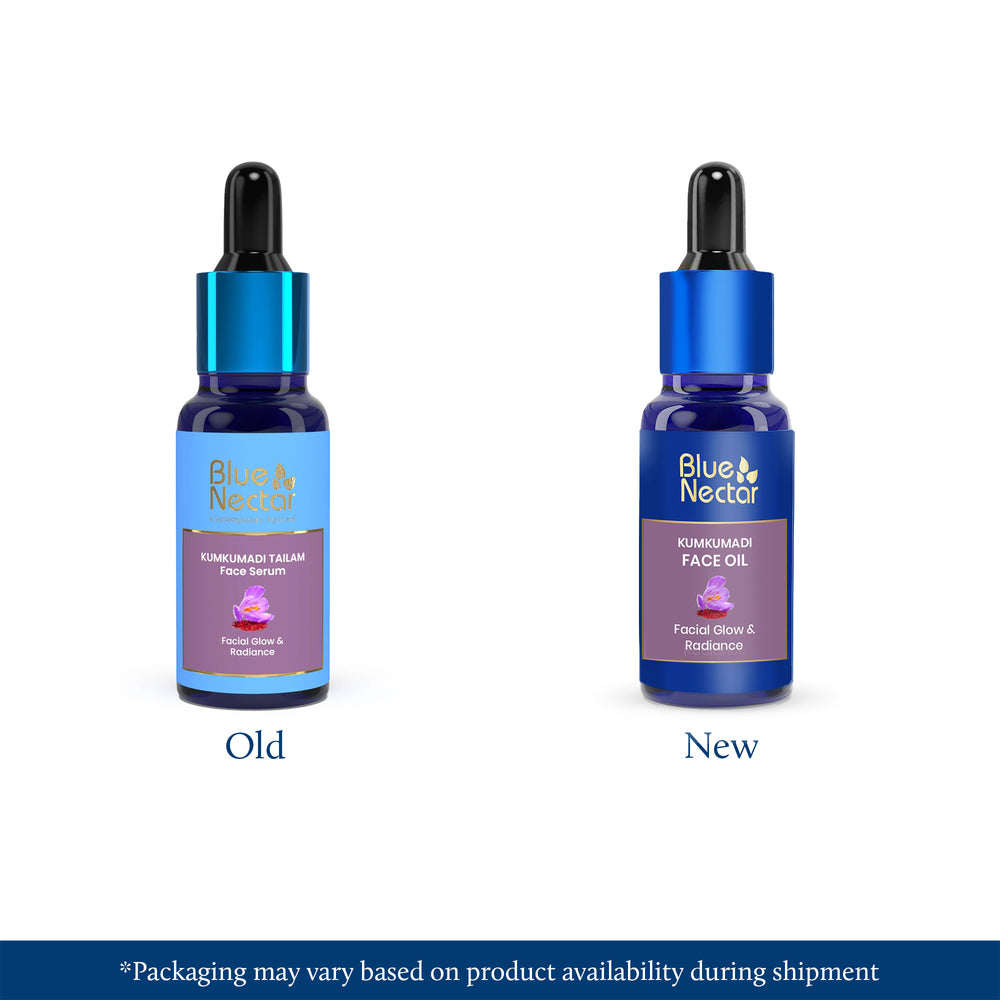
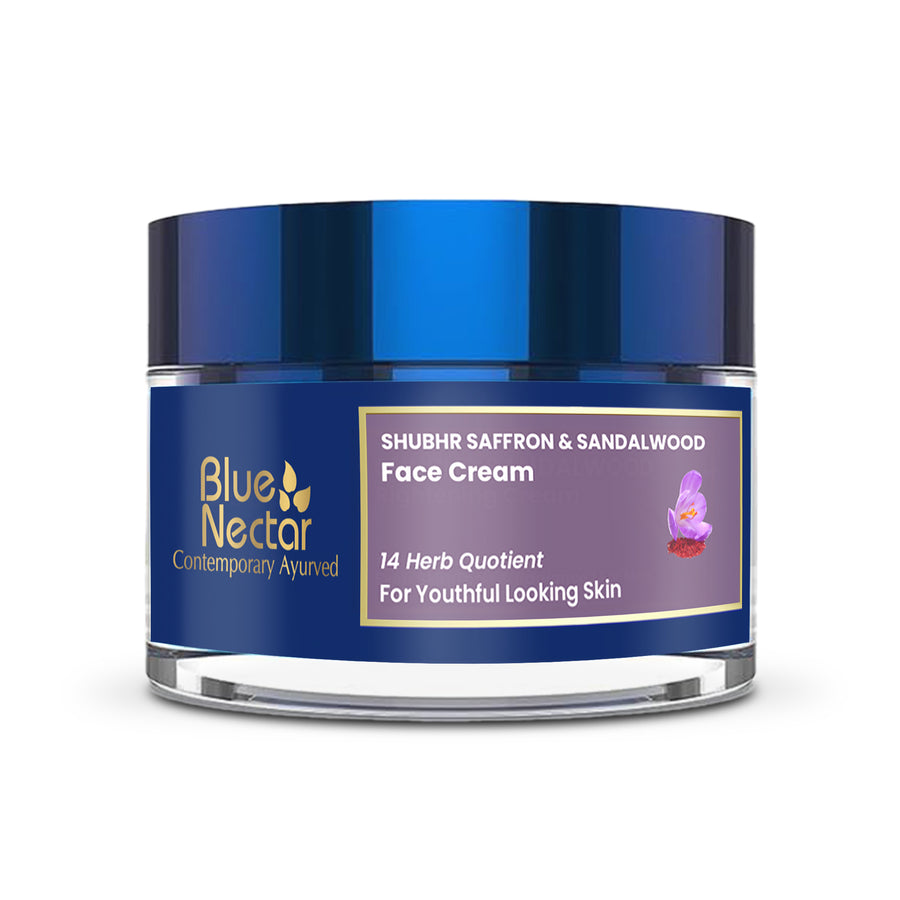

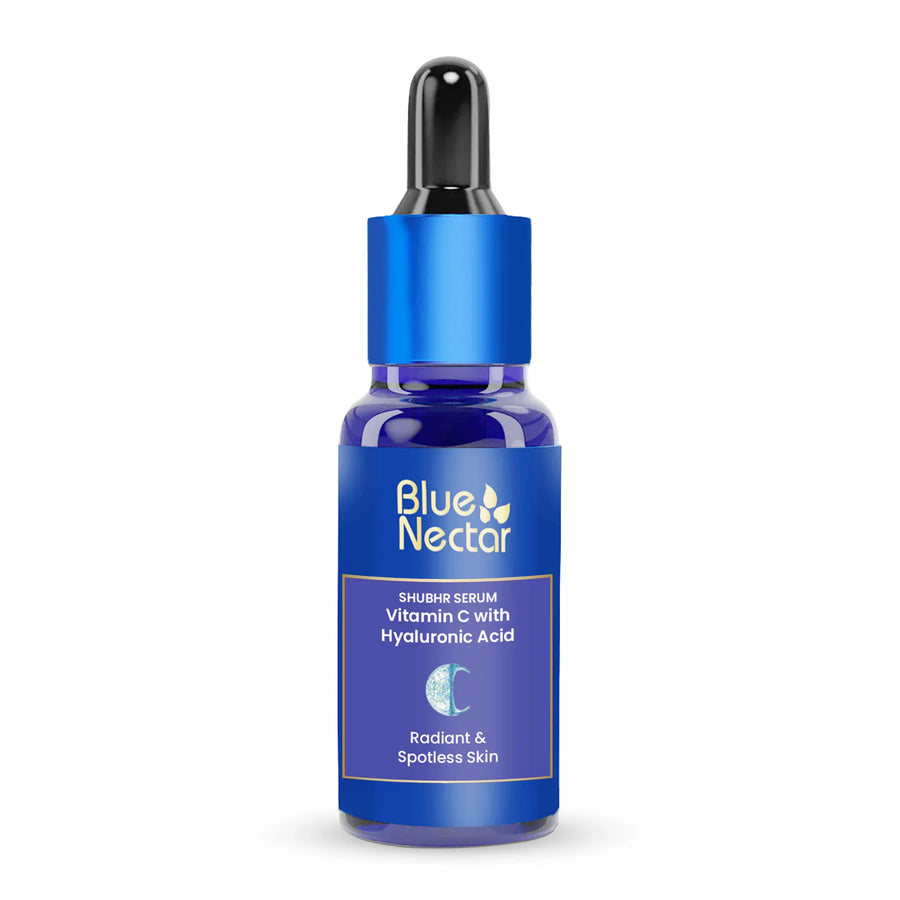


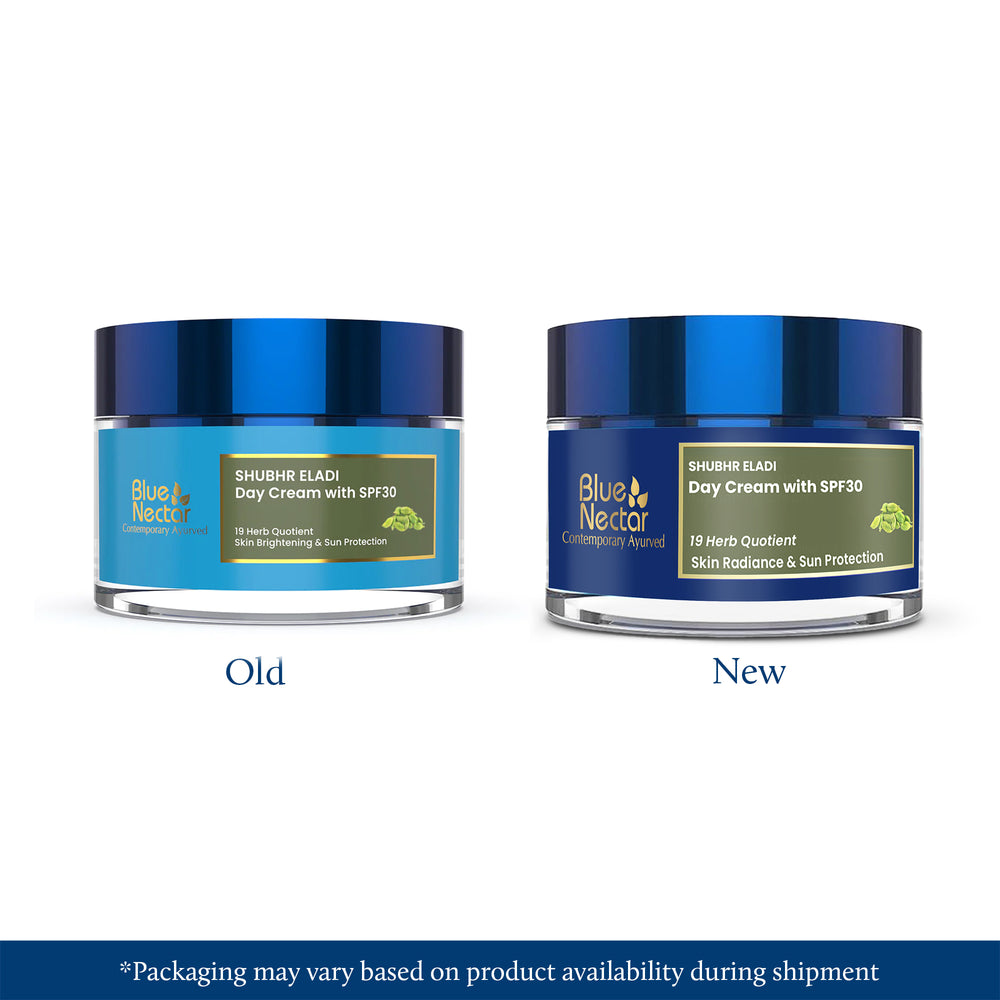
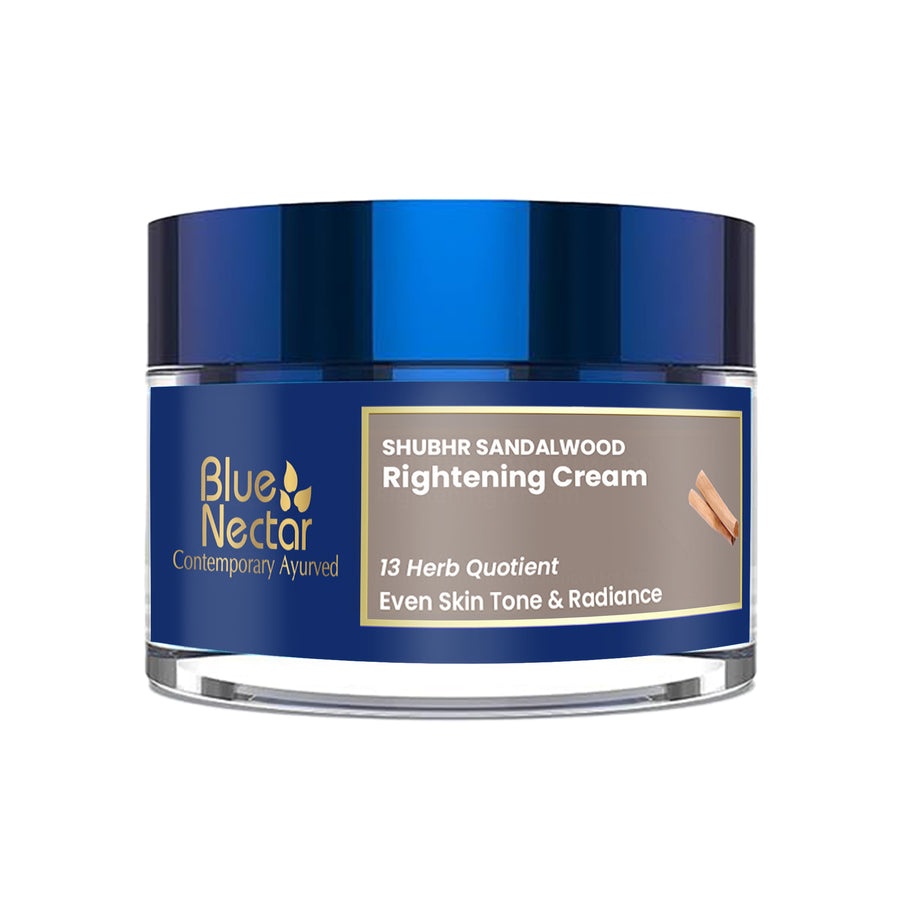
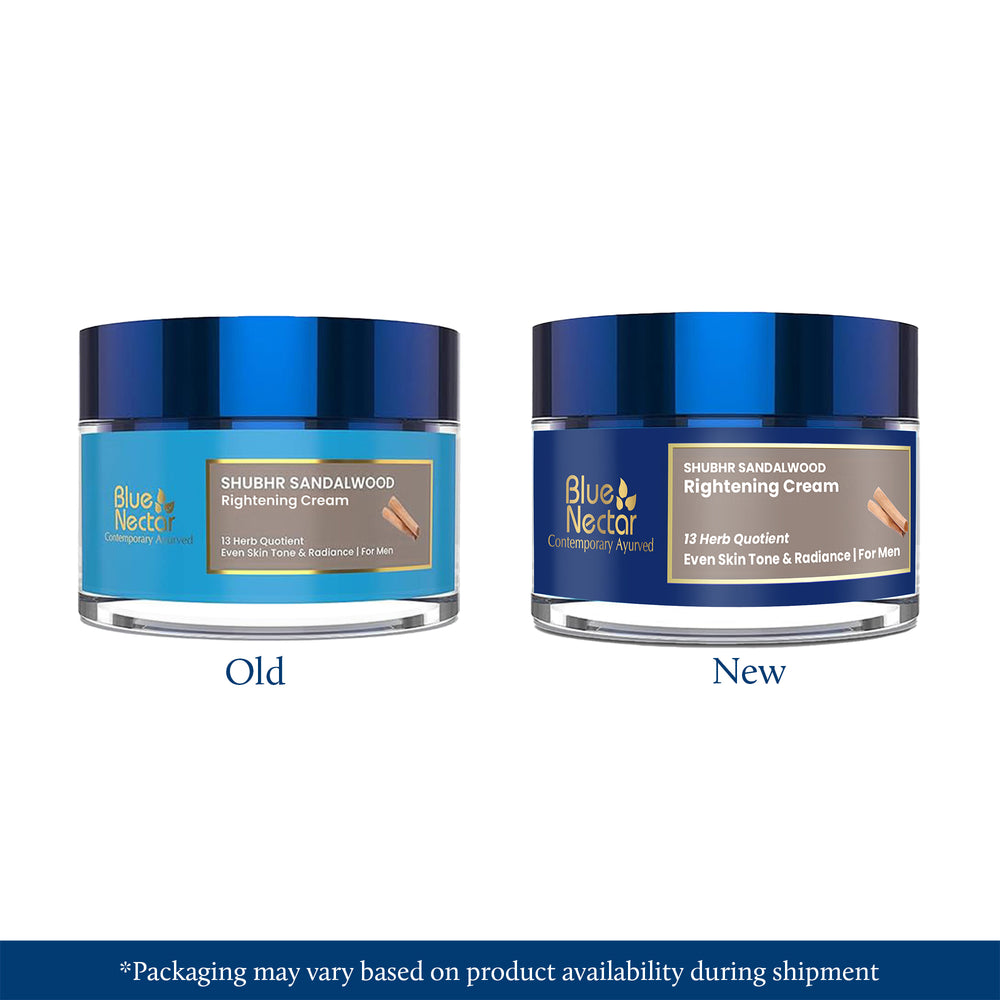




Leave a comment